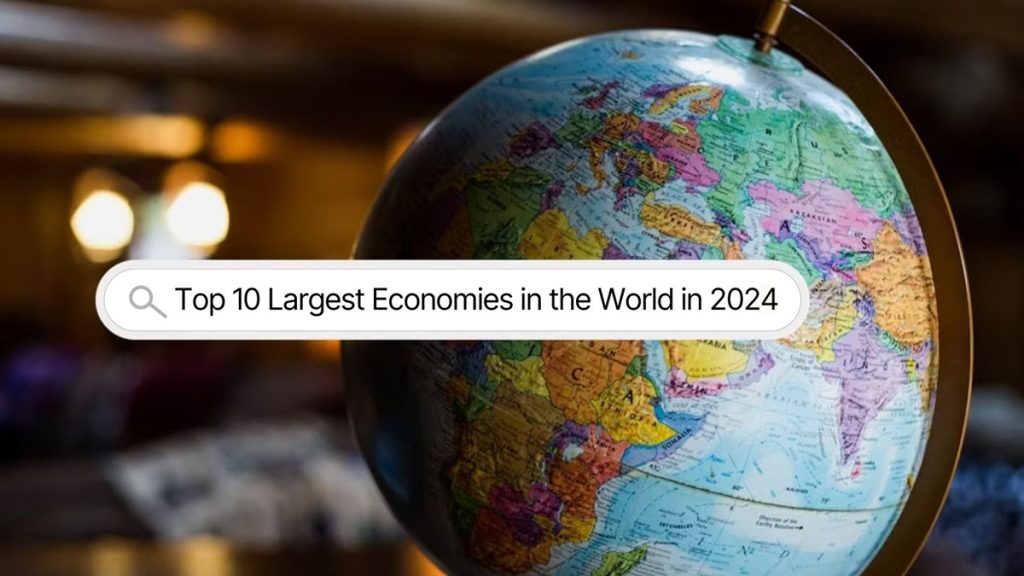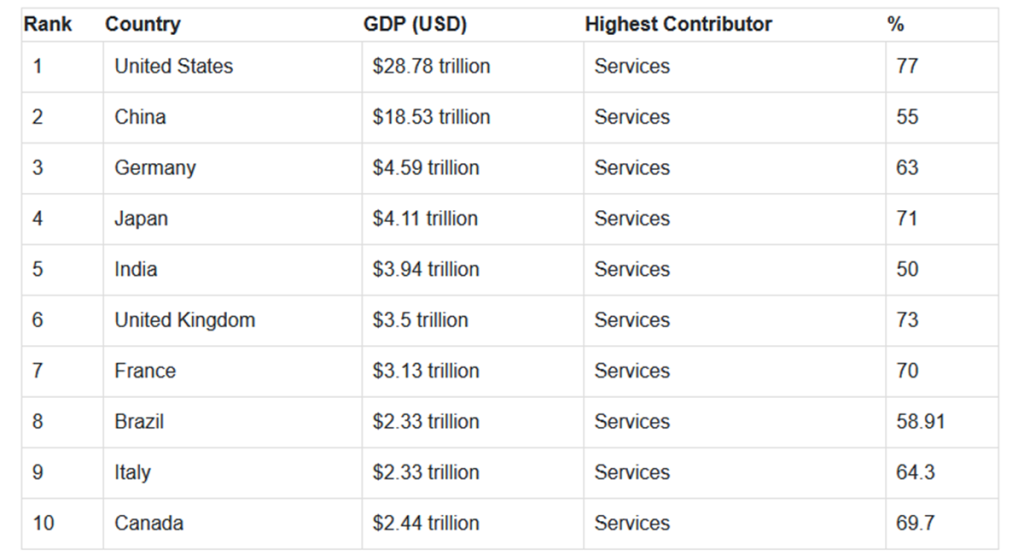One of the primary criteria used to assess a country’s economy is the size of the nation’s Gross Domestic Product (GDP), which is the total value of all goods and services produced in one year.
Some sectors, such as agriculture, manufacturing, and oil, have been recognised for their significant contributions to a nation’s GDP over the years.
To effectively gauge the strength of a country’s key economic indicators, three main sectors—agriculture, industry, and services—are evaluated based on their percentage share of the total GDP. When combined, these percentages should amount to 100% of the GDP.

The agriculture sector encompasses activities such as farming, fishing, and forestry. The industry sector comprises mining, manufacturing, energy production, and construction, while the services sector encompasses government activities, communications, transportation, finance, and all other non-material-producing economic activities.
The data below, culled from the International Monetary Fund (IMF), shows the world’s top 10 largest economies / wealthiest countries and the major contributors to their GDP.

Data from Statista shows that the service sector provided the largest share of the global GDP from 2013 to 2023. The industry sector came in second place, closely followed by the Agricultural sector.
The information provided in the table confirms that the services sector is the primary contributor to the GDP of the world’s largest economies, with the United States’ services sector accounting for as much as 77% of its GDP.
As stated by the National Bureau of Statistics (NBS), in Nigeria, the services sector, encompassing industries such as banking, retail and wholesale, trade, tourism, real estate, telecommunications, Nollywood (motion pictures), information and communication technology, entertainment, and education, contributed 58.04% to the total GDP in the first quarter of 2024.


